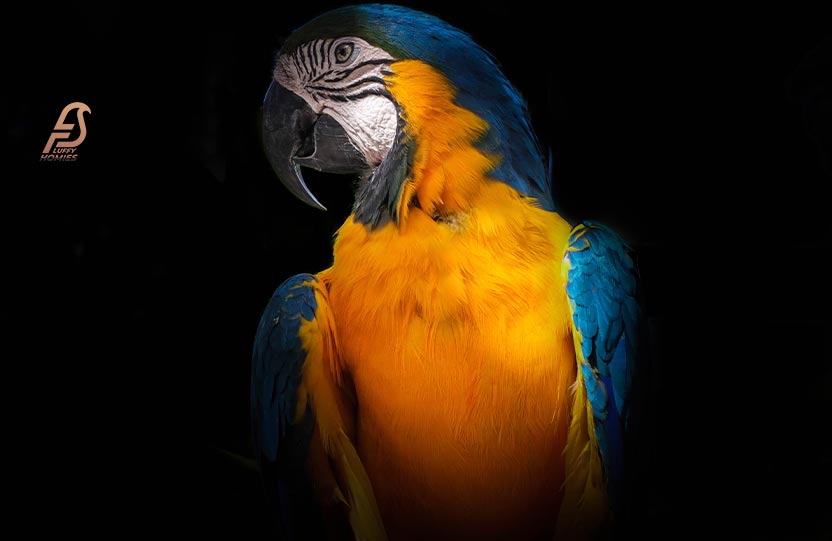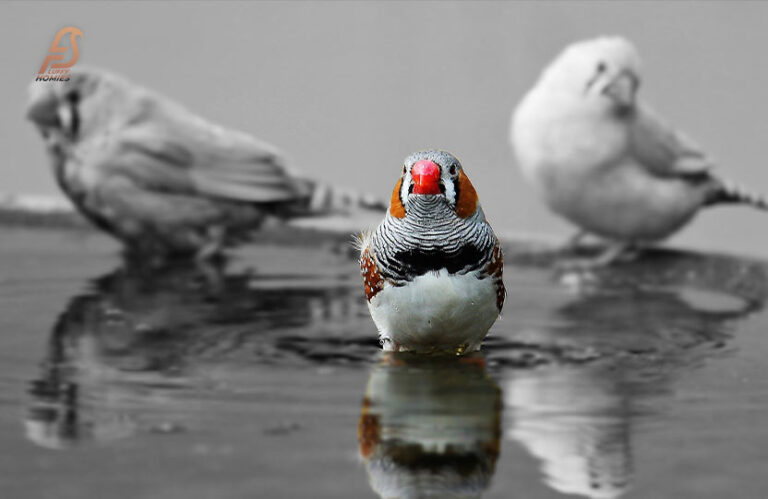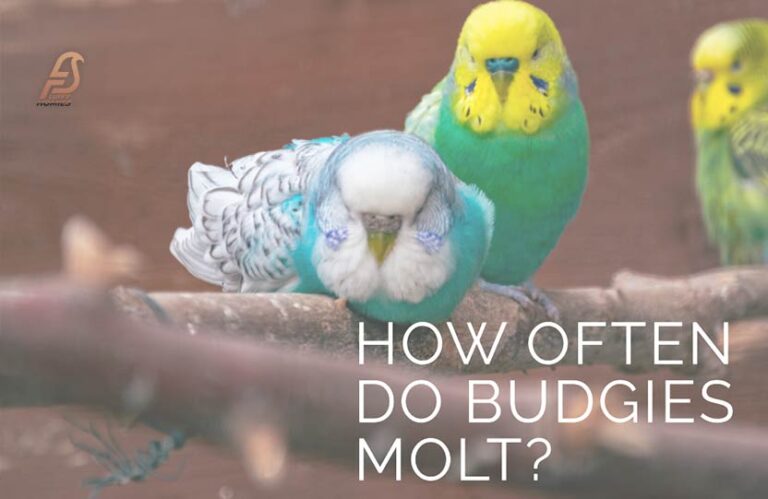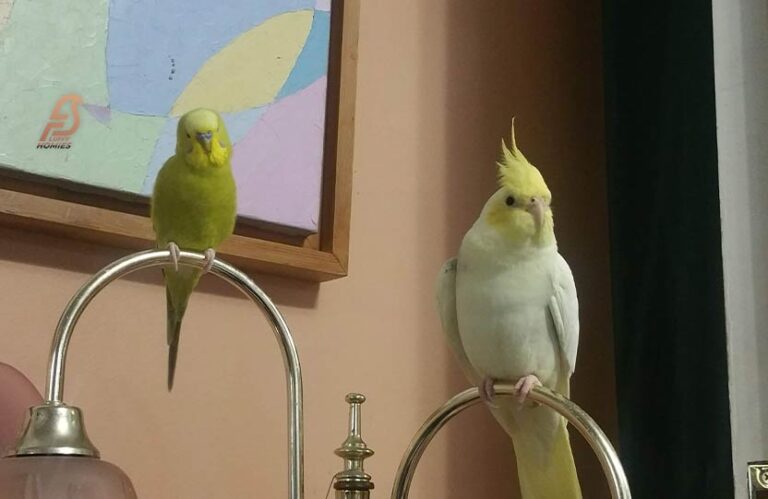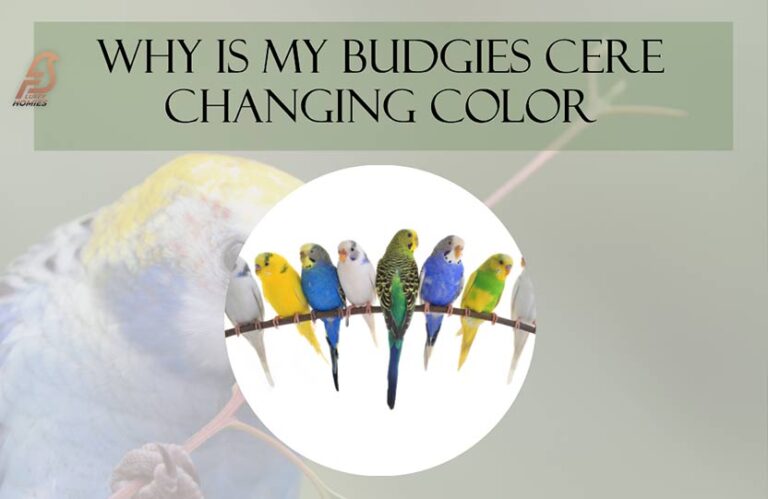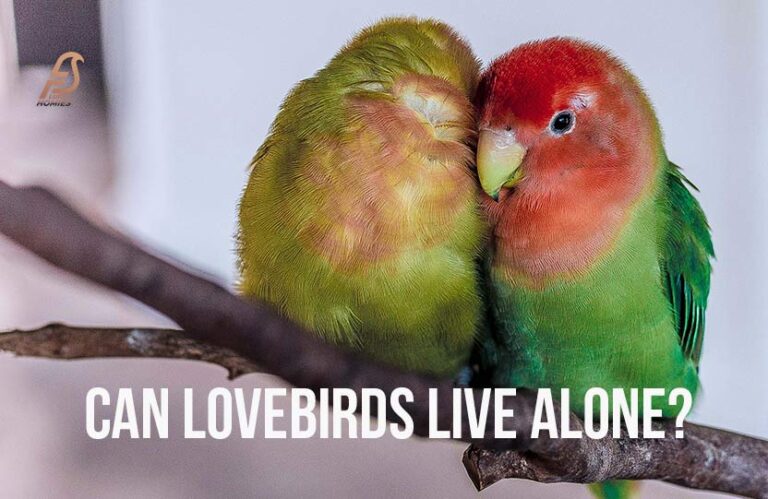How to Incubate & Hatch Parrot Eggs at Home (Best Tips 2023)
Incubating parrot eggs at home can be a rewarding and educational experience for individuals who are interested in breeding parrots or learning more about the reproductive biology of these birds.
By incubating parrot eggs, individuals can gain a greater understanding of the conditions and care that are required for successful parrot breeding.
Additionally, incubating parrot eggs can be an effective way for individuals to contribute to conservation efforts for endangered parrot species.
During breeding owners also worried that how long can their birds live without food or water.
However, it is important to note that incubating parrot eggs should only be attempted by individuals who have experience and knowledge in the field of avian breeding.
As many factors can affect the development of the eggs and the health of the hatchlings. Let’s discuss it in detail and stay with us!
How to Incubate & Hatch Parrot Eggs at Home?
Incubating and hatching parrot eggs at home can be a rewarding experience, but it is important to be well-informed and prepared before attempting to do so.
Here are some specific steps you can take to incubate and hatch parrot eggs at home:
Obtain fertile eggs
The first step in incubating parrot eggs is to obtain fertile eggs from a reputable breeder or bird farm. It is important to ensure that the eggs are fertilized and have been collected from healthy birds.
Set up the incubator
The next step is to set up the incubator and make sure it is clean and disinfected before adding the eggs. Incubators come in different types, still air or forced air, and have different humidity and temperature ranges.
Make sure you have a thermometer and hygrometer inside to measure the temperature and humidity respectively.
Control the temperature and humidity
Parrot eggs require specific temperature and humidity levels to hatch. The temperature should be kept between 37.5-38.5C/99.5-101.3F and the humidity should be between 40-50%.
You will need to make adjustments to your incubator as needed to ensure that these conditions are met.
Turn the eggs regularly
Eggs need to be turned regularly (at least 3-4 times a day) to ensure proper development. This is important to do at least during the first half of incubation to prevent the yolk from sticking to the inner shell membrane.
Monitor the eggs with cand process
Use a cand process to check the development of the eggs which will also help you spot if an egg is infertile. This process involves shining a light through the egg to see the development of the embryo inside.
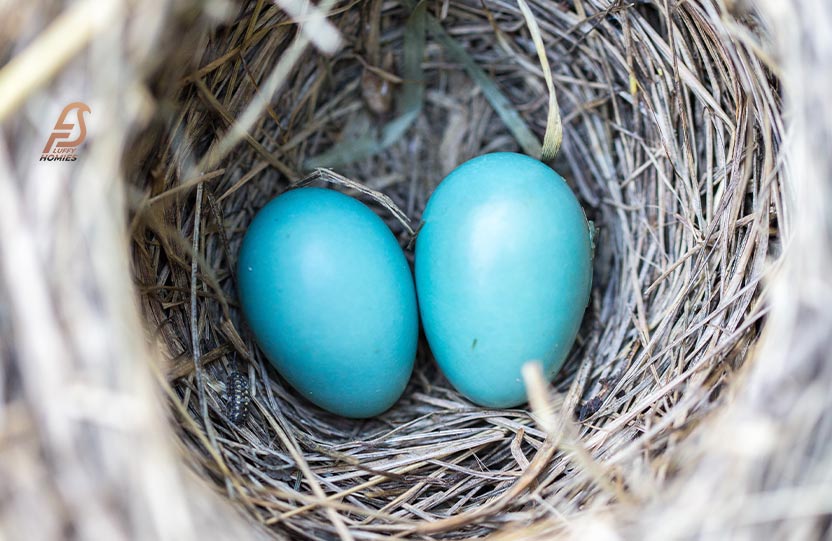
Assist hatching when necessary
As the eggs near the end of the incubation period, you may need to assist the hatchlings in hatching. This is called cand, where you gently help them to break the shell without damaging the chick.
Care for the hatchlings
Once the hatchlings have emerged from the eggs, they will require proper care and feeding to ensure their survival. This includes providing them with the appropriate food, water, and a clean and safe environment.
How Long Does It Take to Incubate a Parrot Egg?
The time it takes to incubate a parrot egg will vary depending on the species of parrot. The incubation period is the time from when the egg is laid until it hatches.
It is typically between 20 to 40 days, but it can be shorter or longer depending on the species. Here are a few examples of the incubation periods for some common species of parrots:
- African Grey Parrot: 28-30 days
- Amazon Parrot: 26-28 days
- Cockatiel: 18-21 days
- Macaw: 28-30 days
- Cockatoos: 25-30 days
- Lovebirds: 18-23 days
Related Articles
Why Is My Cockatiel Puffed Up?
How do You Hatch a Parrot Egg Without an Incubator?
Incubating parrot eggs in an incubator is the most common and controlled method for hatching parrot eggs, but it is also possible to hatch eggs without an incubator.
However, hatching eggs without an incubator can be more challenging and has a lower chance of success.
Broodiness
One way to hatch eggs without an incubator is to use a natural method called “broodiness.” This involves allowing a female parrot to incubate and hatch her eggs.
Female parrots, such as chickens, ducks, and some species of parrots will naturally go through a period of “broodiness” where they will stop laying eggs and instead sit on a nest to incubate and hatch the eggs.
The natural method of brooding works because these birds can regulate their body temperature and humidity to keep the eggs at optimal conditions for hatching.
However, not all species of parrots are capable of this, and you should check and make sure the specific species you want to breed is capable of brooding before going down that road.
Using a Heated Room
You could also try using a heated room to incubate the eggs. This method involves placing the eggs in a room that is kept at a constant temperature and humidity.
You will need to monitor the temperature and humidity levels regularly and make adjustments as necessary. This method can also be challenging and less reliable than using an incubator.
How Do You Know If a Parrot Egg is Fertile?
Determining the fertility of a parrot egg can be challenging, and there are a few different methods that can be used to determine whether an egg is fertile or not.
The most common methods are cand and cand with an egg-testing device:
Candling
This process involves shining a bright light through the egg to see the development of the embryo inside. A fertile egg will have a clear area called the blastodisc, which will develop into the embryo.
Additionally, you should also be able to see the blood vessels around the developing embryo. As the egg develops, you will be able to see the embryo move and grow.
Egg testing device
Some specialized devices are available in the market that can detect the presence of the embryo and its development stage by measuring the resistance of the egg. This can be more accurate than cand and easy to perform at home.
How do You Make a Homemade Incubator?
Making a homemade incubator can be a relatively simple process, but it requires some basic knowledge of how to create the right temperature and humidity conditions for successful hatching.
Here are the basic steps for making a homemade incubator:
Choose a container
Select a container that is large enough to hold the eggs and can be well insulated. A plastic container with a tight-fitting lid is a good option.
Create a heat source
You will need a heat source to maintain the proper temperature for hatching. You can use a heating pad, heat lamp, or light bulb. Make sure to use a thermometer to measure the temperature inside the incubator.
Add a humidifier
To maintain the proper humidity level, you can use a humidifier or a container of water placed inside the incubator. A hygrometer will help you measure the humidity inside the incubator.
Insulate the container
To keep the heat and humidity inside the incubator, you will need to insulate the container. You can use Styrofoam or other insulating materials to line the walls of the container.
Place the eggs
Once the incubator is set up and temperature and humidity levels have been adjusted, you can place the eggs inside, making sure to turn them regularly.
Monitor temperature and humidity regularly
you will need to monitor the temperature and humidity levels regularly and make adjustments as necessary to maintain the optimal conditions for hatching.
Do not open the incubator frequently
Opening the incubator frequently will cause temperature and humidity fluctuations, which can negatively impact the egg’s development.
How to Incubate & Hatch Parrot Eggs at Home—Final Thought
Incubating and hatching parrot eggs at home can be a rewarding experience, but it requires a significant amount of knowledge, patience, and attention to detail.
The process involves creating the optimal conditions for the eggs to develop and hatch, including maintaining the appropriate temperature, and humidity, and turning the eggs regularly.
It’s crucial to obtain fertile eggs from reputable breeders or bird farms, and be well-informed about the specific species you are breeding to ensure the appropriate care is provided.
You can also hatch eggs without an incubator using a natural method called “broodiness” or using a homemade incubator. However, these methods can be less reliable and have a lower chance of success.
FAQs
What temperature do you incubate parrot eggs?
Incubating temperature for parrot eggs is 37.5-38.5C/99.5-101.3F. These suggestions are a wonderful place to start for an aviculturist who is just getting started with incubation.
How do you incubate eggs for beginners?
To incubate eggs for beginners, obtain fertile eggs, set up an incubator, control the temperature between 37.5-38.5C/99.5-101.3F and humidity between 40-50%, turn the eggs regularly, and monitor the eggs during the incubation process.
What is the best incubator for parrots?
The best incubator for parrots is a digital one with automatic temperature, humidity control, and turning feature, which is easy to use and ensures optimal hatching conditions.
How long should I let my parrot sit on her eggs?
It’s best to let your parrot sit on her eggs for the full incubation period, which ranges between 20-40 days depending on the species.
What do you feed an egg-laying parrot?
An egg-laying parrot should be fed a balanced diet, including seeds, fruits, vegetables, a pellet diet, and occasionally some live food as well as minerals and vitamin supplements.
